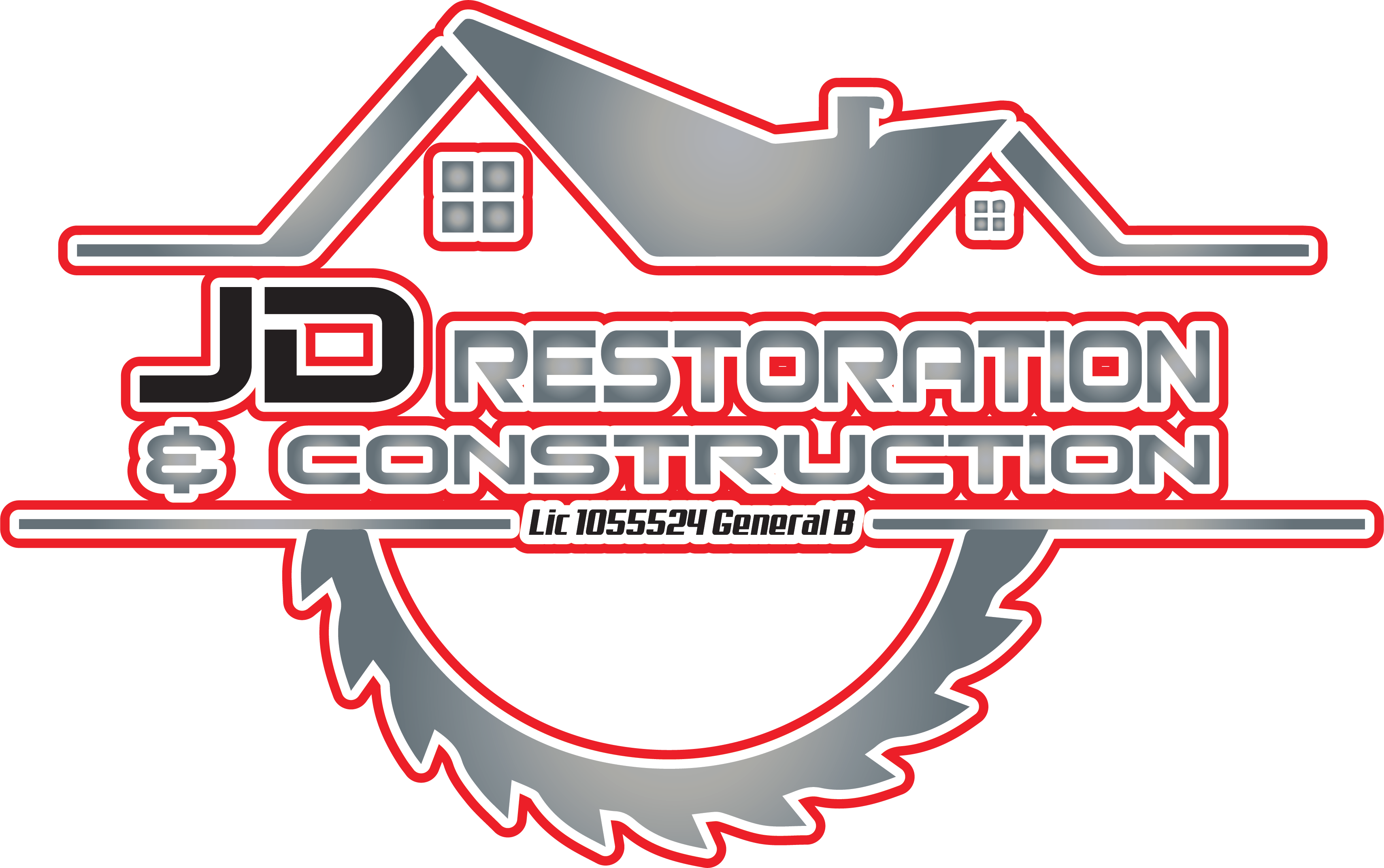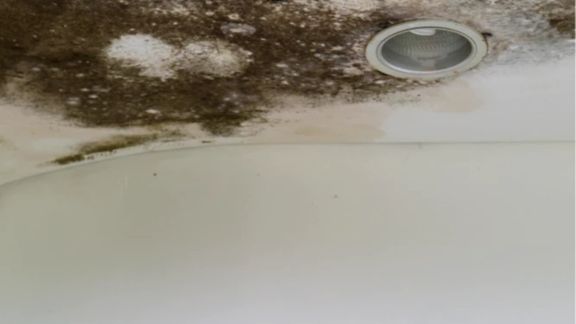Blog
Recent Updates
How to Handle Water Damage: Quick Steps to Minimize Loss
Water damage can happen suddenly, whether due to a burst pipe, heavy rain, or an appliance malfunction. It is crucial to act quickly to minimize loss and prevent further damage. Here are five essential steps to handle water damage effectively:
1. Ensure Safety First
Before addressing the damage, prioritize safety. Turn off the electricity if there’s any risk of electrical hazards, especially if the water is near outlets or wiring. If the water is flooding your home, avoid walking through deep water and assess the situation from a safe distance.
2. Stop the Source of Water
The next step is to stop the water flow. If the damage is from a burst pipe or plumbing issue, turn off the water supply to the affected area or the entire home. If the leak is from an appliance, unplug it or turn off the relevant valves to prevent further water exposure.
3. Remove Standing Water
Quickly remove as much standing water as possible. Use a wet/dry vacuum, mops, towels, or buckets to extract water. If the flooding is extensive, consider renting commercial equipment or calling a professional water damage restoration company to handle the cleanup.
4. Dry Out the Affected Area
moreA Complete Guide to Rebuilding Your Space
Rebuilding your space—whether due to damage from a natural disaster, home renovations, or simply wanting a fresh start—can be an exciting yet overwhelming process. It’s a chance to transform your living environment into something better suited to your needs and tastes. Whether you’re tackling a single room or an entire house, there are key steps to take to ensure the process goes smoothly and efficiently. Here’s a complete guide to rebuilding your space, from planning to execution.
1. Assess the Damage and Make a Plan
The first step in rebuilding any space is assessing the damage or understanding the changes you want to make. This step is crucial if you’re dealing with repairs from water, fire, or storm damage. Begin by documenting everything thoroughly, taking photos of damaged areas, and making a detailed list of what needs to be addressed. If necessary, bring in professionals—such as contractors, engineers, or designers—to inspect the space and create a plan for repairs or renovations.
2. Set a Realistic Budget and Timeline
Rebuilding your space can be costly, so it’s important to establish a clear budget and timeline before you begin. Consider all expenses, including materials, labor, permits, and unexpected costs that may arise during the process. Allocate extra funds for contingencies and set a realistic timeline for each phase of the project. Sticking to a well-planned budget and schedule will help prevent financial strain and ensure you stay on track throughout the rebuild.
moreTop 5 Ways to Prevent Mold Growth in Your Home
Mold growth in your home can be a serious problem, affecting both the health of your family and the structural integrity of your property. Preventing mold from taking hold is essential, and it starts with controlling moisture and maintaining proper home conditions. Here are the top five ways to prevent mold growth in your home:
1. Control Humidity Levels
Mold thrives in damp environments, so keeping your home’s humidity levels in check is crucial. Use a dehumidifier to maintain indoor humidity levels between 30% and 50%. Ensure proper ventilation in areas prone to moisture, like bathrooms, kitchens, and basements, by using exhaust fans or opening windows. A well-ventilated home reduces the chances of mold spores taking root.
2. Fix Leaks Promptly
Water leaks are one of the leading causes of mold growth. Whether it’s a leaking roof, a burst pipe, or a dripping faucet, addressing these issues promptly can prevent moisture from accumulating and creating ideal conditions for mold. Inspect your home regularly for signs of leaks and repair them quickly to avoid water damage and mold infestations.
3. Ensure Proper Drainage Around Your Home
Poor drainage around your home can lead to water pooling near the foundation, which can seep into your home and encourage mold growth. Ensure that gutters are cleaned regularly, downspouts are directed away from the house, and the ground slopes away from the foundation. This will help prevent water from entering the home and creating moisture-rich environments.
more


